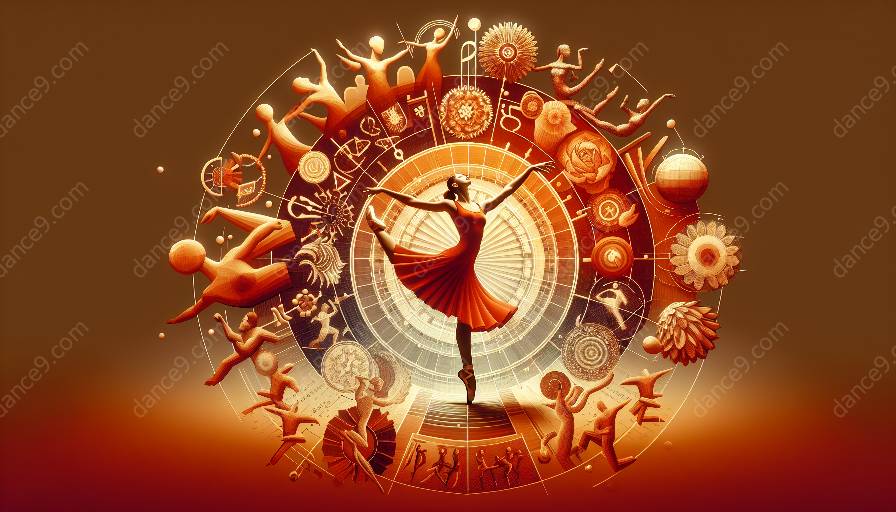Technological advancements have significantly transformed the documentation and preservation of dance traditions. This impact is particularly noteworthy in the fields of dance anthropology and dance studies, where technology has revolutionized the way dance traditions are recorded, archived, and analyzed.
Technology's Influence on Documentation and Preservation
Documenting dance has historically been a challenging endeavor, often relying on written descriptions, illustrations, or physical notation systems. However, advancements in technology have allowed for more reliable and comprehensive methods of documentation.
The use of audiovisual recording equipment, such as cameras and camcorders, has been pivotal in capturing the nuances of various dance traditions. High-definition video and audio recording technologies have made it possible to preserve the intricate movements, expressions, and music associated with dance performances.
Moreover, digital recording formats and storage systems have facilitated the organization and preservation of dance documentation. Online databases and archives dedicated to dance traditions have emerged, providing easy access to a wealth of recorded materials for researchers and enthusiasts.
Enhancing Anthropological Studies
Dance anthropology, a subfield of anthropology that focuses on the cultural and social significance of dance, has benefitted greatly from technological advancements in documentation and preservation.
Researchers in dance anthropology can now conduct detailed analyses of dance forms and movements using advanced software applications. Motion-capture technology, for instance, allows for the precise digitization and visualization of dance sequences, enabling in-depth studies of choreographic patterns and cultural variations.
Furthermore, virtual reality (VR) and augmented reality (AR) technologies have opened up new frontiers for experiencing and studying dance traditions. Scholars and students can immerse themselves in virtual environments that simulate authentic dance settings, gaining insights into the spatial arrangements, ritualistic elements, and communal dynamics of traditional dances.
Technology-Driven Innovation in Dance Studies
Within the realm of dance studies, technology has spurred innovative research methodologies and educational approaches.
Digital humanities initiatives have contributed to the development of interactive multimedia platforms for studying dance history, theory, and performance. These platforms integrate video archives, interactive timelines, and cross-referenced scholarly resources, offering comprehensive insights into the evolution and diversification of dance traditions.
Additionally, interdisciplinary collaborations between dance scholars and technologists have led to the creation of interactive dance notation systems. These notation systems leverage interactive visual interfaces and motion-tracking technologies to notate and analyze dance movements in ways previously unattainable.
Challenges and Ethical Considerations
While technological advancements have brought numerous advantages to the documentation and preservation of dance traditions, they also present challenges and ethical considerations.
Issues related to intellectual property rights, consent for recording and dissemination, and cultural appropriation require careful attention in the era of digital documentation. Ethical guidelines and protocols for responsible documentation and sharing of dance traditions in digital formats are essential for safeguarding cultural integrity and respecting the rights of dance communities.
Concluding Remarks
The impact of technological advancements on the documentation and preservation of dance traditions is undeniably transformative, shaping the ways in which researchers, practitioners, and enthusiasts engage with and study dance cultures.
By embracing technological innovations and collaborating with diverse stakeholders, the fields of dance anthropology and dance studies can continue to harness the potential of digital tools for documenting, preserving, and celebrating the rich tapestry of global dance traditions.

















